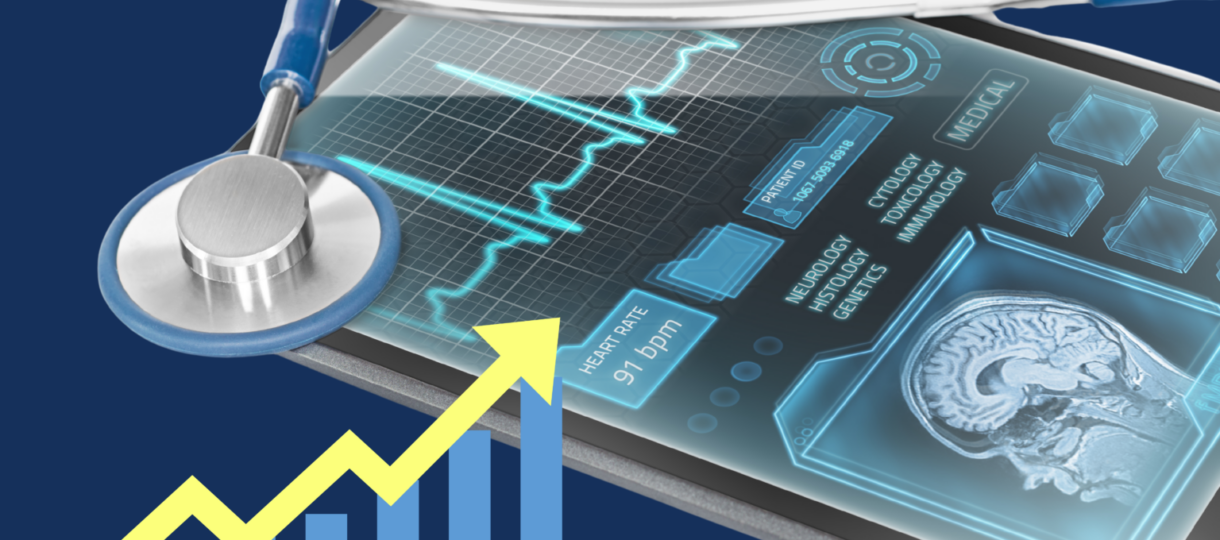5 Growing Trends in Home Health Care Software

Growing Trends in Home Health Care Software
Discover how innovative software and technology solutions are revolutionizing home health care, improving patient outcomes, and enhancing efficiency. Explore the benefits of home health care software for care organizations.
The home health care field is rapidly evolving, driven by advances in technology and innovative software solutions. As the population ages and the demand for personalized, in-home care increases, leveraging technology to enhance the quality and efficiency of home health care has never been more critical.
In this article, we explore how innovative software is transforming home health care, the benefits it brings to patients and care providers, and what the future holds for this dynamic field.
The Evolution of Home Health Care Software
Home health care has traditionally relied on in-person visits from nurses, therapists, and other healthcare professionals. While this hands-on approach remains essential, the integration of technology offers new avenues for enhancing and streamlining care delivery. The COVID-19 pandemic accelerated the adoption of telehealth and remote monitoring tools, highlighting the potential for home health care software to bridge gaps in care and improve patient outcomes.
Key Technology Innovations
1. Telehealth Platforms
Telehealth platforms have revolutionized how patients interact with healthcare providers. These platforms enable virtual consultations, reducing the need for travel and making healthcare more accessible, especially for those in rural or underserved areas. Advanced telehealth systems now offer integrated electronic health records (EHRs), secure messaging, and video conferencing, ensuring that patients can receive comprehensive care from the comfort of their own home.
2. Remote Patient Monitoring (RPM)
RPM technology allows healthcare providers to monitor patients’ vital signs and health metrics in real-time. Wearable devices and sensors track parameters such as heart rate, blood pressure, glucose levels, and oxygen saturation, transmitting this data to healthcare providers via secure software platforms. This continuous monitoring enables early detection of potential health issues, timely interventions, and a proactive approach to managing chronic conditions.
 3. Mobile Health (mHealth) Apps
3. Mobile Health (mHealth) Apps
Mobile health apps empower patients to take control of their health. These apps offer a range of functionalities, from medication reminders and appointment scheduling to fitness tracking and mental health support. By providing easy access to health information and resources, mHealth apps promote patient engagement and adherence to treatment plans.
4. Artificial Intelligence (AI) and Machine Learning
AI and machine learning algorithms are transforming home health care by enabling predictive analytics and personalized care plans. These technologies can analyze vast quantities of data to identify patterns and trends, predict disease progression, and recommend tailored interventions. For example, AI-powered software can assist in managing medication schedules, alerting patients and caregivers to potential drug interactions or missed doses.
5. Interoperability Solutions
One of the significant challenges in home health care is the seamless exchange of information between different healthcare systems. Interoperability solutions address this by facilitating the integration of data from various sources, including hospitals, primary care providers, and home health agencies. This cohesive flow of information ensures that all stakeholders have a complete and accurate picture of the patient’s health status, improving coordination and continuity of care.
Benefits of Innovative Home Health Care Software
The adoption of innovative home health care software offers numerous benefits for both patients and providers:
- Improved Access to Care: Home health care software solutions break down geographical barriers, making it easier for patients to access healthcare services regardless of location.
- Enhanced Patient Engagement: Tools like mHealth apps and telehealth platforms foster better communication and engagement between patients and providers, leading to more active participation in health management.
- Cost Savings: Remote monitoring and telehealth can reduce the need for frequent in-person visits and hospitalizations, resulting in significant cost savings for patients and healthcare organizations.
- Better Health Outcomes: Continuous monitoring and early intervention can prevent complications, manage chronic diseases more effectively, and ultimately improve patient outcomes.
- Increased Efficiency: Automation, Management tools, and AI-driven analytics streamline administrative tasks and clinical decision-making, allowing healthcare providers to focus more on patient care.
The Future of Home Health Care
 Looking ahead, the future of home care will be shaped by ongoing advancements in home health care software and technology development. We can expect to see further integration of AI and machine learning, more sophisticated remote monitoring capabilities, and enhanced interoperability between health systems. As data security and privacy concerns continue to be addressed and legislated, trust in digital health solutions will grow, encouraging wider adoption.
Looking ahead, the future of home care will be shaped by ongoing advancements in home health care software and technology development. We can expect to see further integration of AI and machine learning, more sophisticated remote monitoring capabilities, and enhanced interoperability between health systems. As data security and privacy concerns continue to be addressed and legislated, trust in digital health solutions will grow, encouraging wider adoption.
Innovative home health care software is not just a tool for convenience; it is a catalyst for transforming home care into a more efficient, effective, and patient-centered model. By embracing these technological advancements, we can navigate the future of home health care with confidence, ensuring that patients receive the highest quality care in the comfort of their own home.

